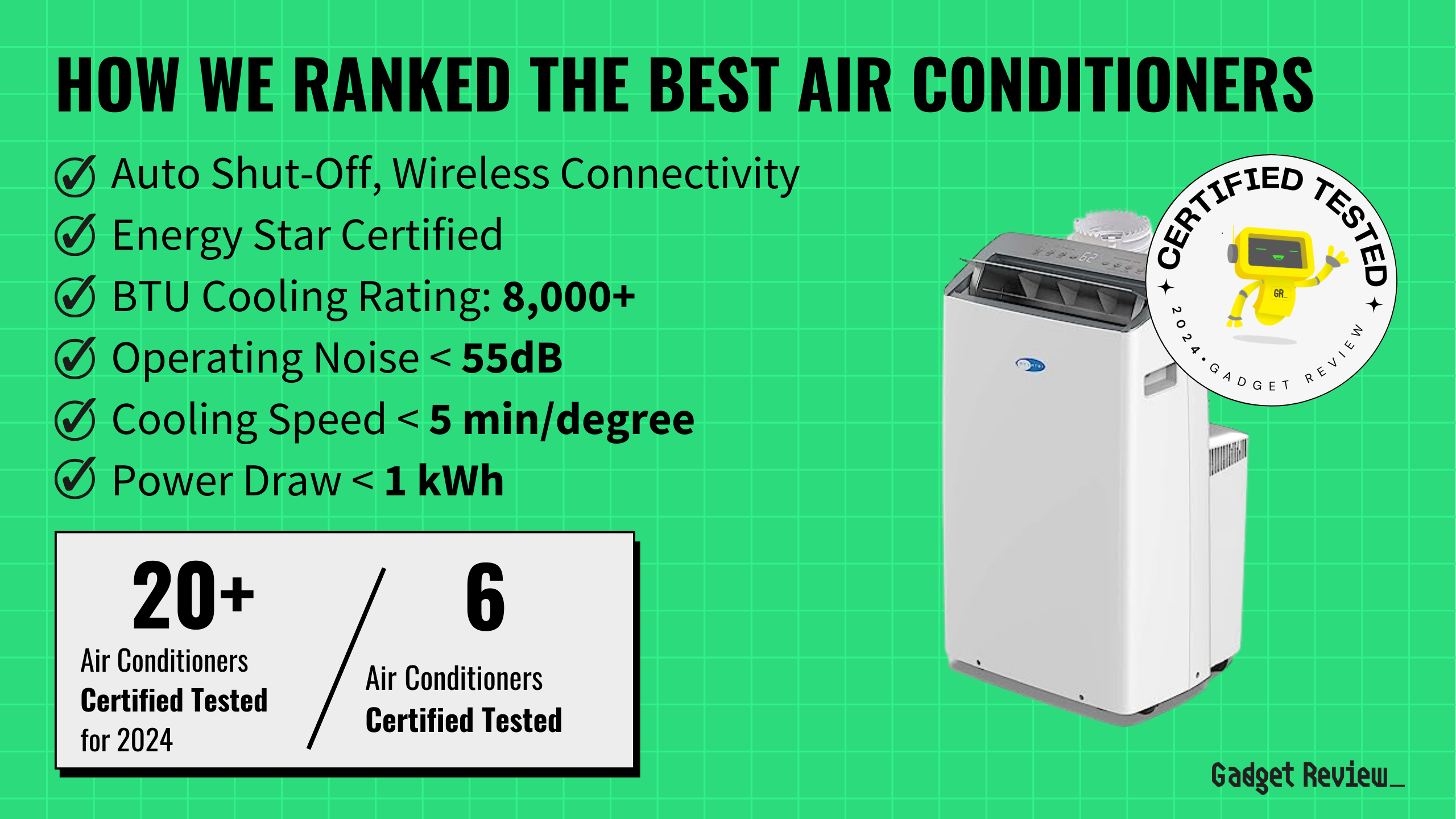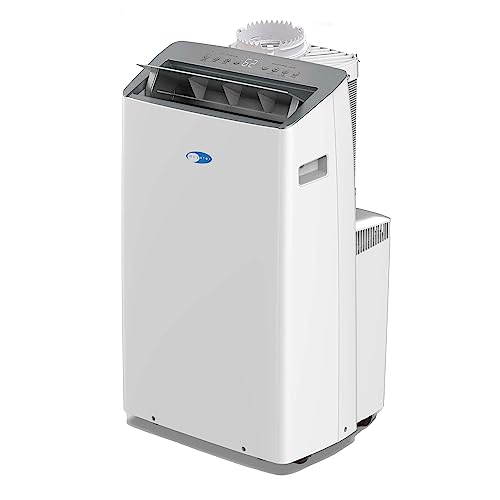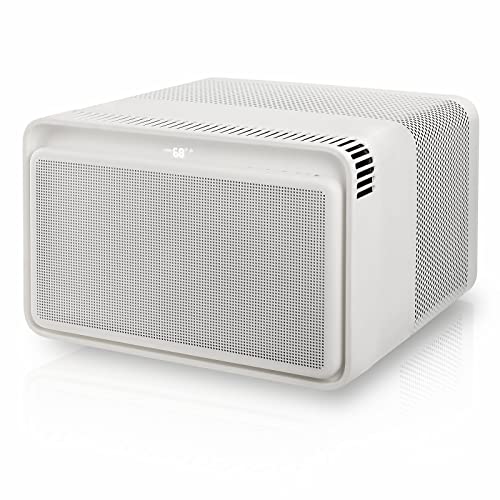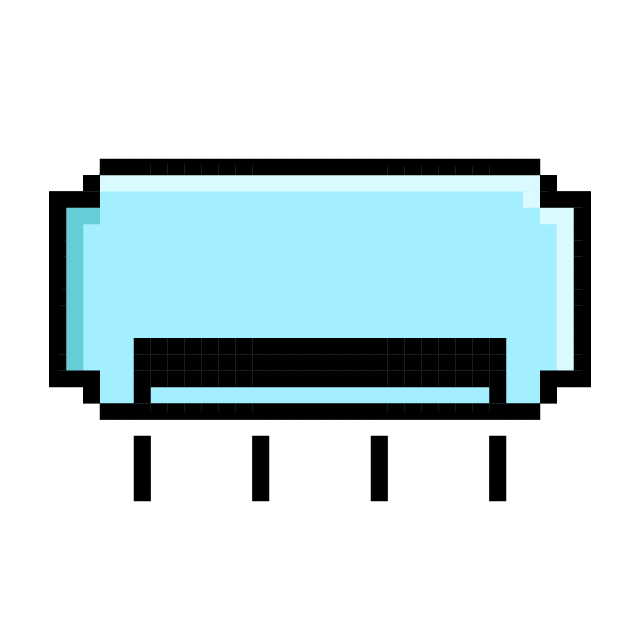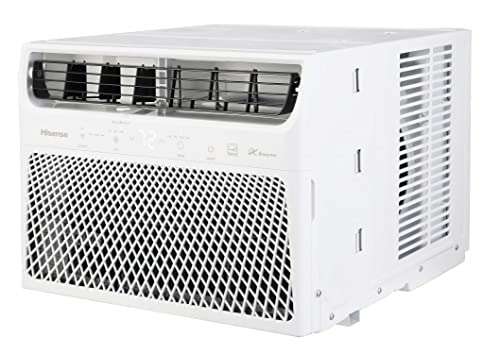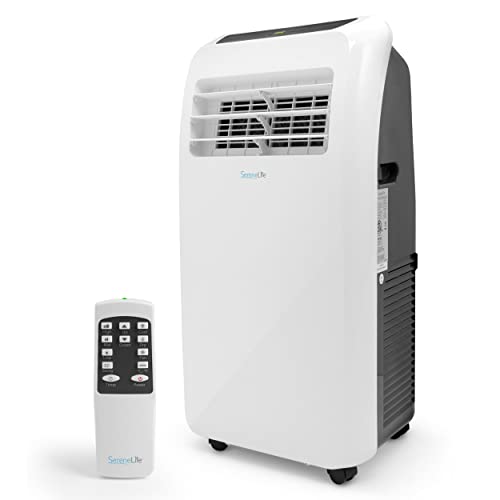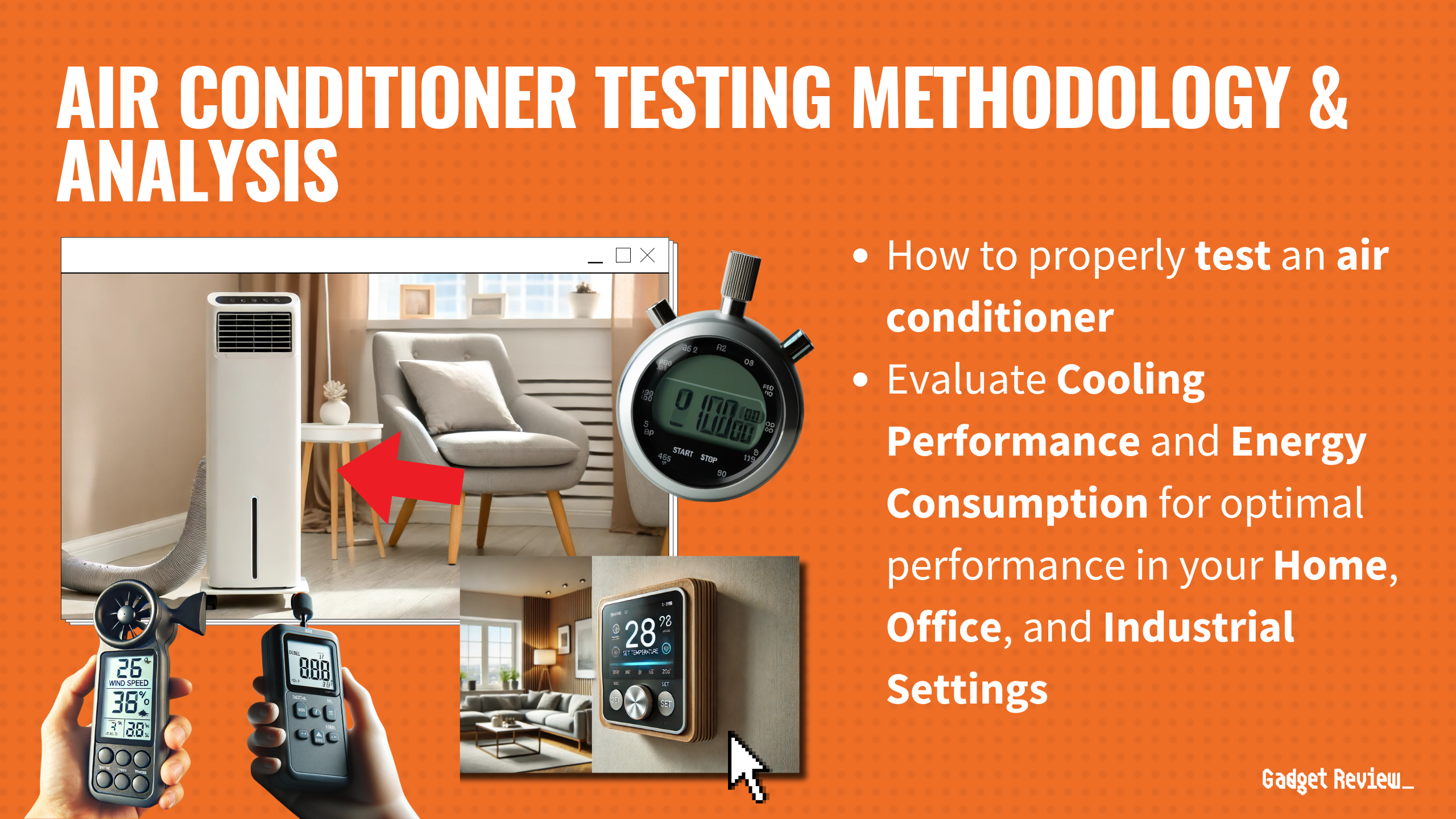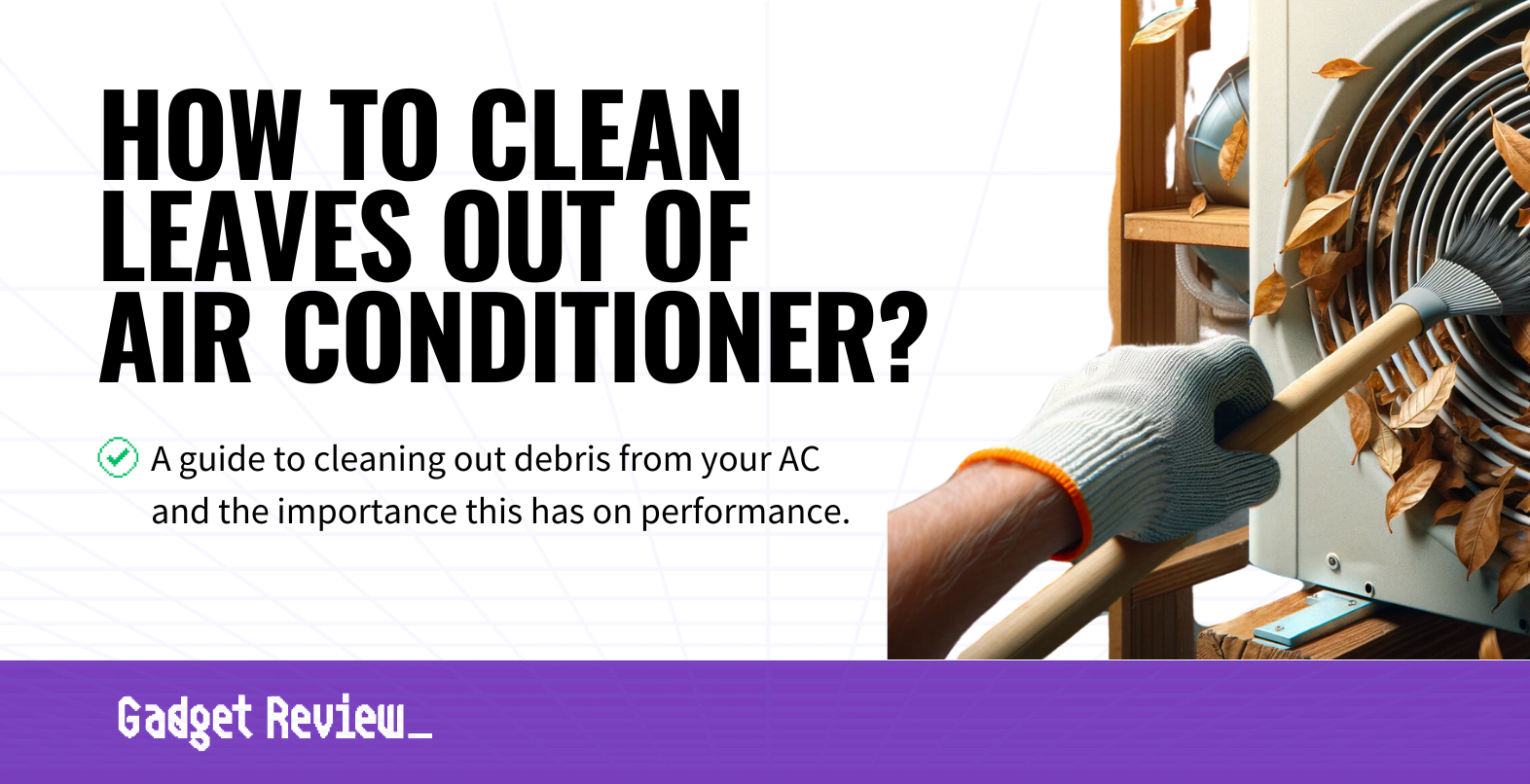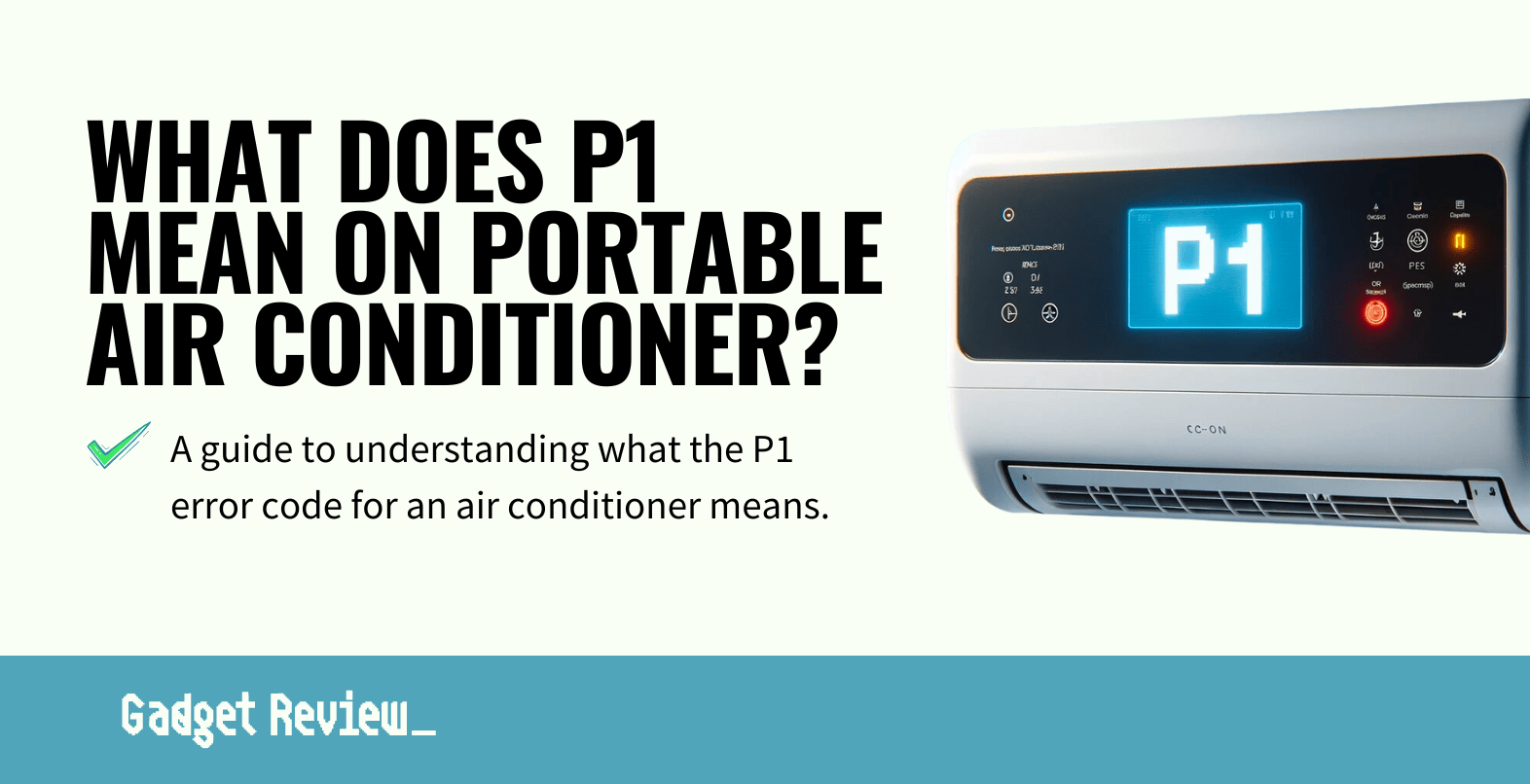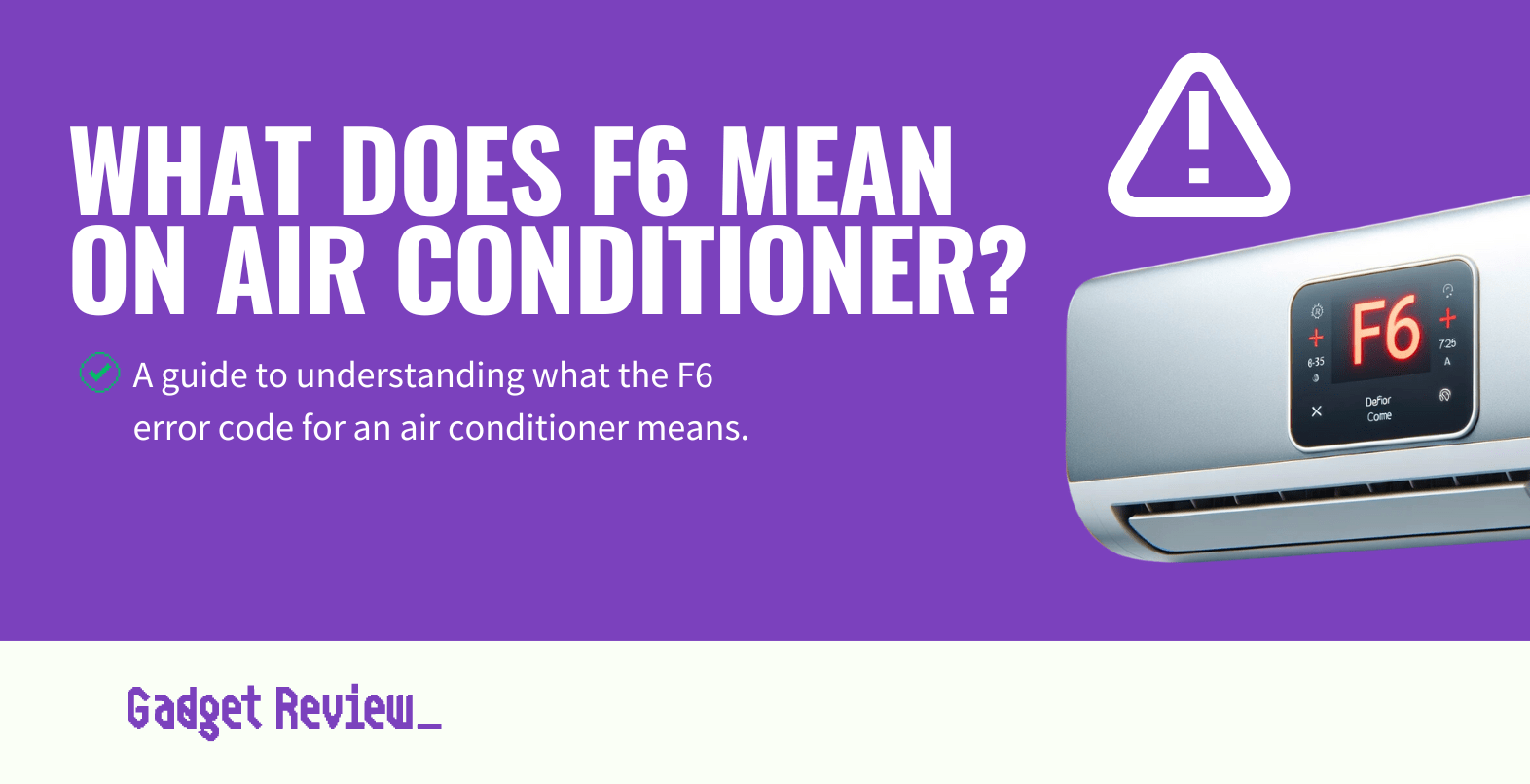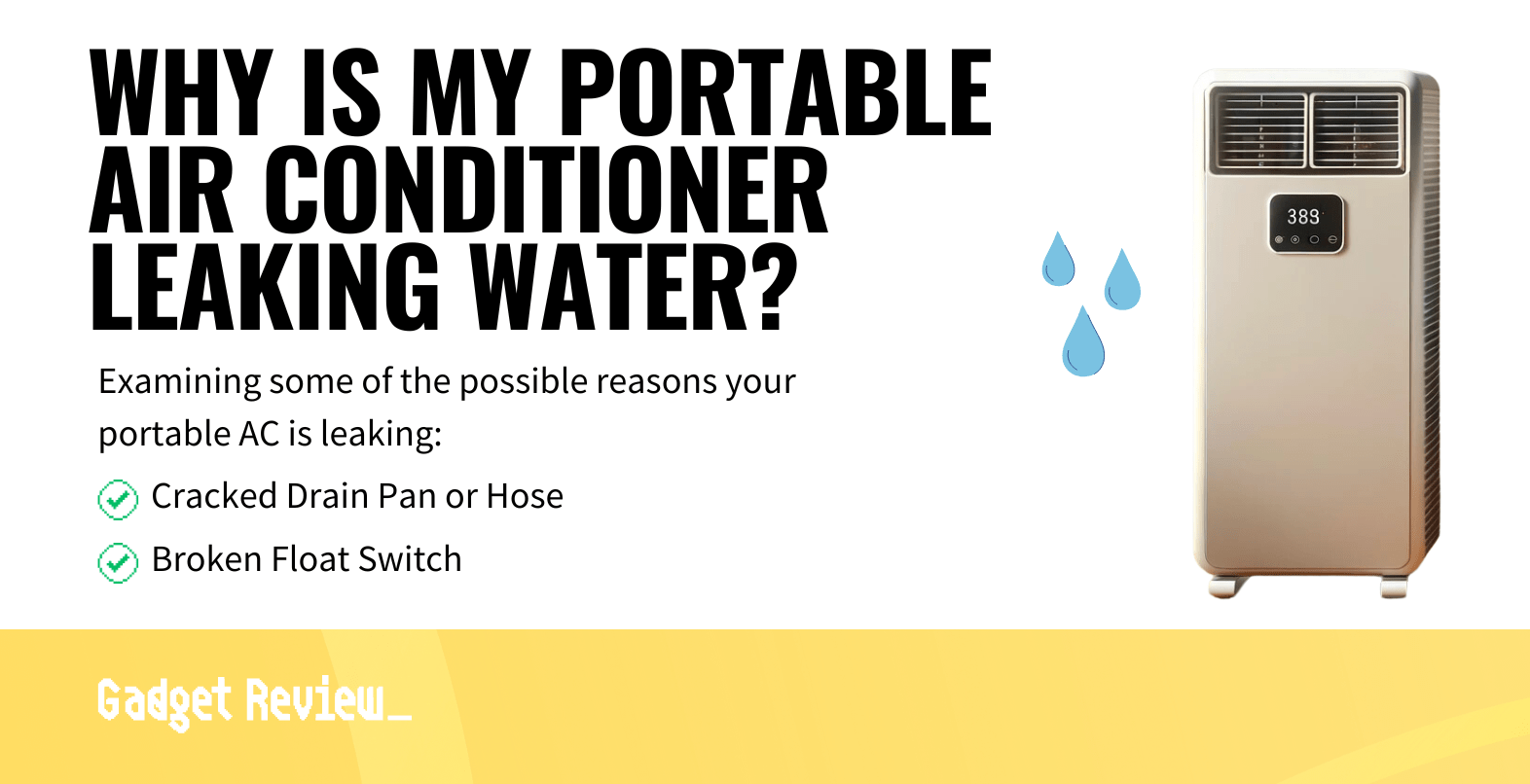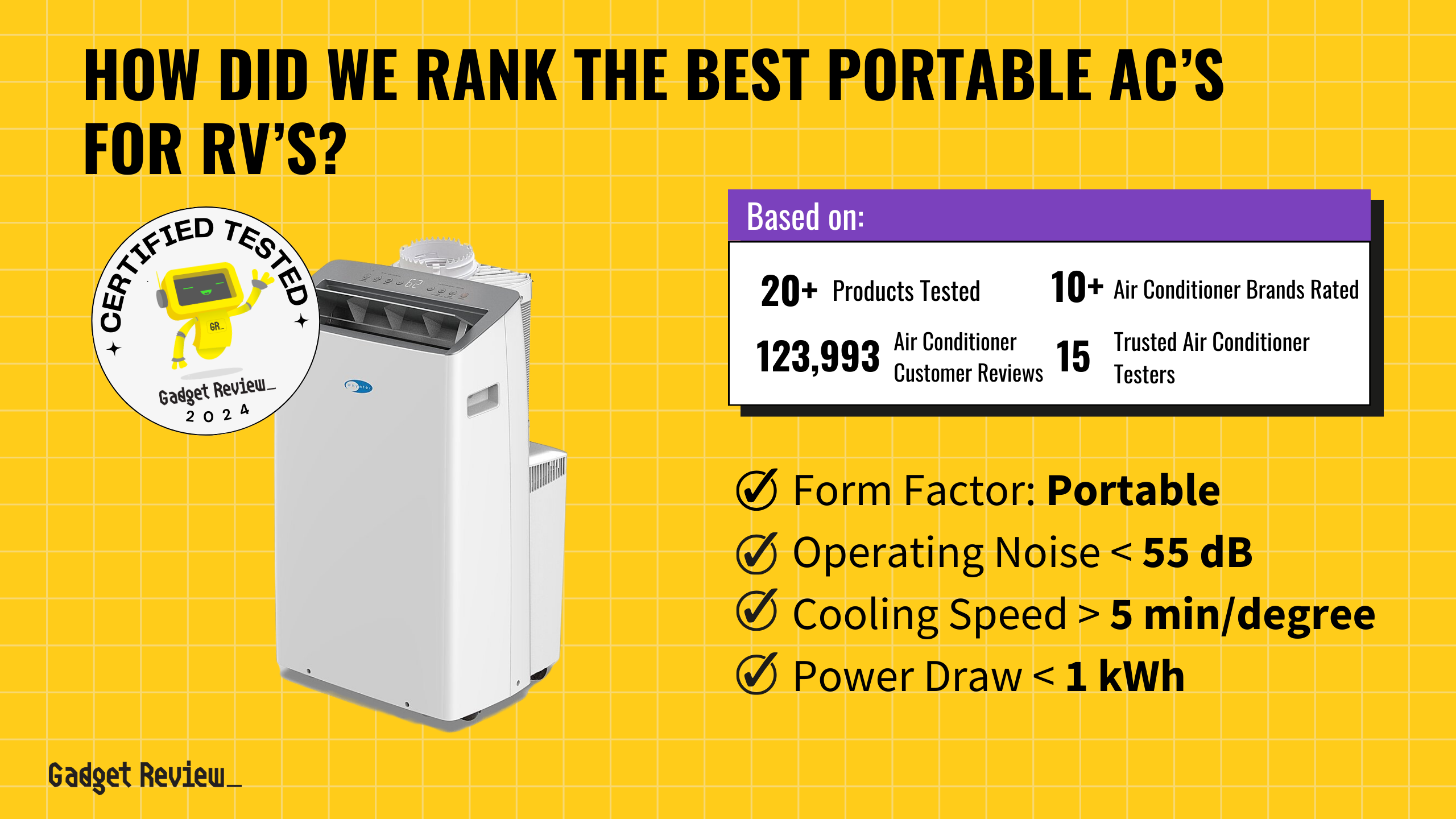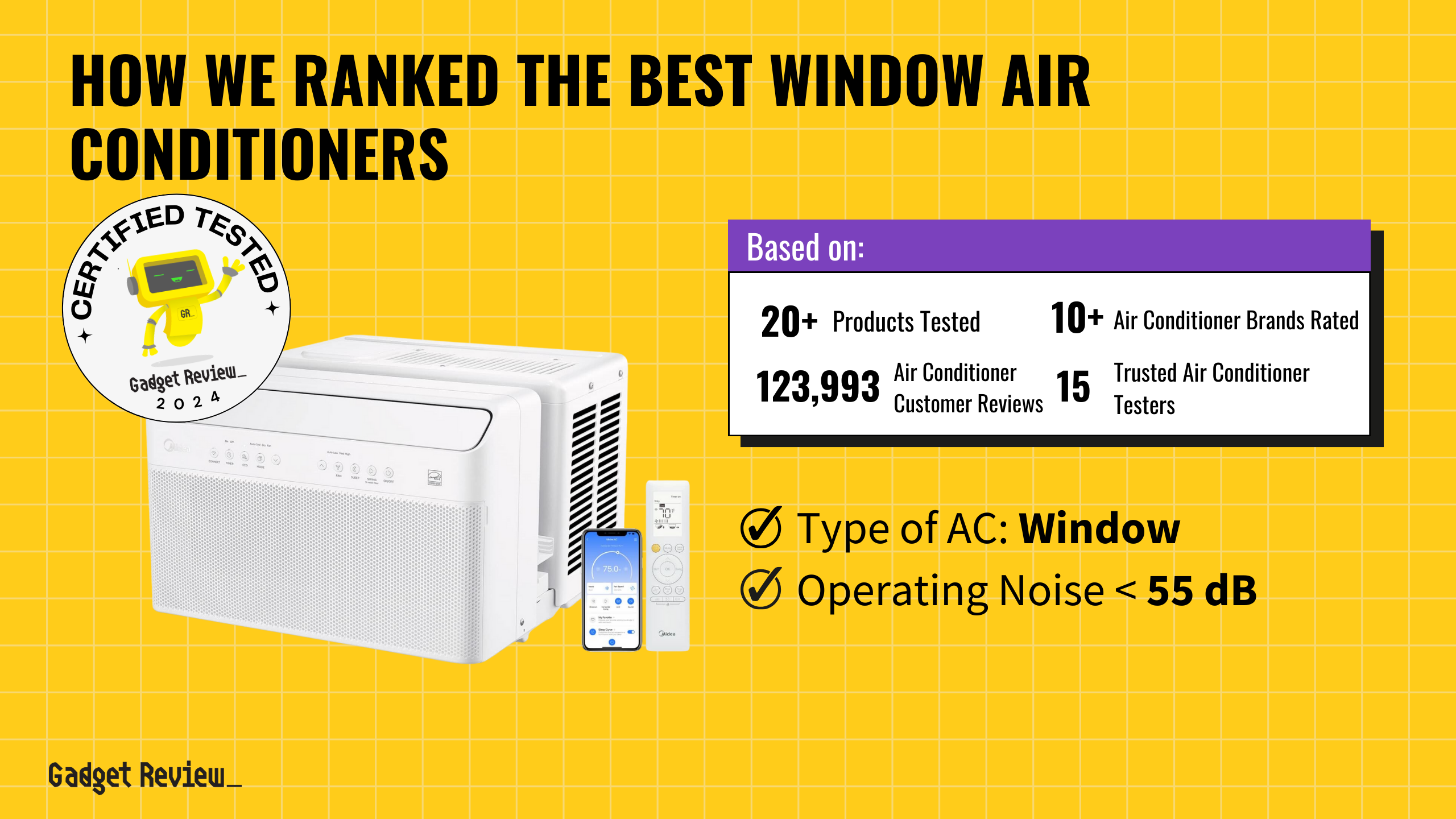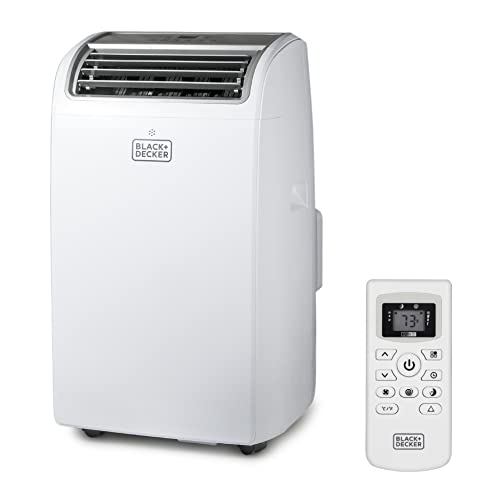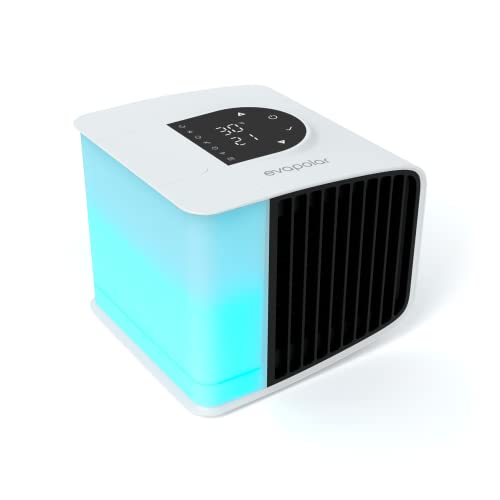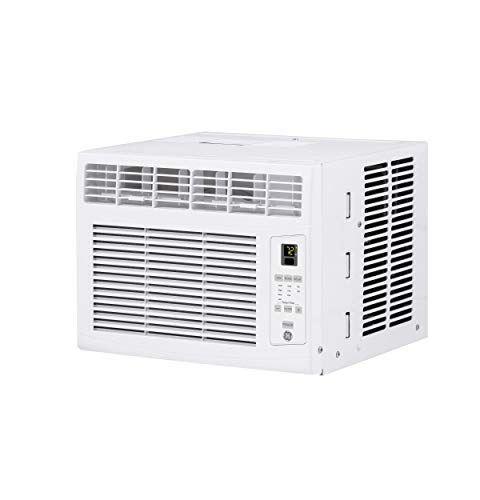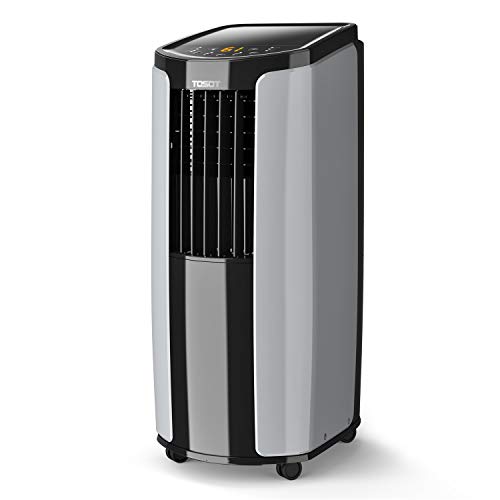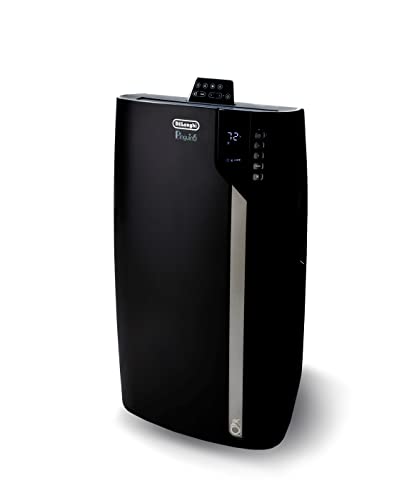When choosing the best air conditioner, you should prioritize cooling efficiency, energy savings, and quiet operation. Look for models with high BTU ratings and Energy Star certifications to ensure rapid cooling and lower power consumption. Noise levels below 60 decibels are ideal for a peaceful environment, making these units suitable for bedrooms and living areas.
Out of the 20 air conditioners analyzed, six stood out, earning a spot in our guide. We certified these as tested and verified, covering 171,414 reviews. Notably, 67% of the experts we reviewed were unreliable, producing fake reviews. Our unique approach utilizes True Score and Trust Score to filter out these reviews, ensuring you get the most reliable recommendations.
How Did We Rank These A/Cs?
Test data is not plentiful when it comes to air conditioners. The criteria we used to put together this list of air conditioners helped pare down what was worth considering among the few models that actually had data, along with important specifications and features. Not every air conditioner on this list meets every criteria below, but they meet at least one, and that’s better than many of the air conditioners we analyzed that had no test data at all.
| CRITERIA | RANGE | REQUIRED | DEFINITION |
|---|---|---|---|
| Operating Noise | < 55 dB | Yes | How much noise the unit makes while it is under normal operation. |
| Power Draw | < 1 kWh | Yes | How much power the unit draws while under normal operation, measured in kilowatt-hours. |
| Cooling Speed | < 10 min/degree | No (Nice to have) | How many minutes it takes for an air conditioner to drop the temperature of a correctly sized room by 1 degree. |
When you shop through our links, you’re backing our mission. Dive deeper to see how.
Latest Updates
- 08/09/2024: Republished the list to include the best air conditioners based on our True Score system.
Top Air Conditioners For 2025
Prices accurate at the time of publishing

Our Approach to Evaluating Air Conditioners
We’ve redefined air conditioner buying guides, setting us apart from any other site on the planet. Our unique approach uses a comprehensive dataset from trusted sites, focusing on key testing metrics like cooling speed, operating noise, and power draw.
We aggregate and analyze this data, ensuring our recommendations meet the specific needs. Specifically, when it comes to air conditioners, this involves selecting models that deliver enough cooling speed to make getting cool faster. Discover our data-driven methodology for precise, reliable A/C recommendations.
Which Criteria Matter for Testing Air Conditioners?
By focusing on these criteria, anyone can quickly and easily compare these air conditioners and how they’ll perform. This helps you make an informed decision and purchase an A/C unit that will do what you need it to.
| CRITERIA | RANGE | REQUIRED | DEFINITION |
|---|---|---|---|
| Operating Noise | < 55 dB | Yes | How much noise the unit makes while it is under normal operation. |
| Power Draw | < 1 kWh | Yes | How much power the unit draws while under normal operation, measured in kilowatt-hours. |
| Cooling Speed | < 10 min/degree | No (Nice to have) | How many minutes it takes for an air conditioner to drop the temperature of a correctly sized room by 1 degree. |
Our Trusted Data Sources
We looked at 50+ air conditioner reviewers and found that 17 are trustworthy (60%+ Trust Rating). The three we have listed below are our most trusted for air conditioners.
- Austin Palmer – TechGearLab, MuckRack
- Daniel Jackson – Your Best Digs
- Derek Hales – Modern Castle, LinkedIn
Interested in a comprehensive analysis of our data sources? We’ve got you covered. Below, you’ll find a detailed list of every air conditioner review website we’ve identified, organized by their respective Trust Ratings from highest to lowest. But we didn’t stop there. We’ve meticulously reviewed each publication and verified the data by checking whether the authors have bio links to MuckRack or LinkedIn. We’re committed to not only checking the facts but ensuring their veracity.
Air Conditioner Test Data & Results
1. Operating Noise (dB)
All air conditioners make noise, this is a fact. Generally speaking, the more airflow an A/C unit has, the louder it’s going to be, and (logically) the more capable it is of cooling larger spaces (or smaller spaces more quickly.) Quieter A/C units are less disruptive and are often more attractive if you like a more peaceful home, but if your cooling needs are very high, be ready to see higher noise levels.
It’s for this reason we recommend an operating noise level of around 55 dB or less. This puts it below the noise of a typical conversation and allows the sound to fade away into background noise or even white noise. Higher volumes can be distracting, especially if you’re very sensitive to droning sounds.
Operating Noise
< 55 dB
Acceptable range of performance
Definition: How much noise the unit makes while it is under normal operation.
Units of Measurement: dB (decibels)
Tools to Measure: Sound pressure level meter or decibel meter
Why It’s Important:
Loud units are annoying and disruptive, and quiet units fade into the background more easily.
Operating Noise (dB; lower is better; 0 = No Data)
2. Power Draw (kWh)
The size of your A/C unit is often the biggest determining factor behind how much power it draws – bigger units with bigger motors draw more power. But units that are the same size might not be built the same, and the power draw they exhibit can vary wildly in some cases, even when they’re on roughly the same settings.
We generally recommend a power draw of less than 1 kWh but lower is better – provided it doesn’t impact your unit’s ability to cool. Some units (especially larger ones) will require more power no matter what though, especially if they have larger motors or claim to push more CFM and actually deliver on that claim.
Power Draw
< 1 kWh
Acceptable range of performance
Definition: How much power the unit draws while under normal operation, measured in kilowatt-hours.
Units of Measurement: kWh (kilowatt-hours)
Tools to Measure: Power meter
Why It’s Important:
High power usage means higher power bills when using your A/C, so the power draw should be as low as possible without sacrificing cooling performance.
Power Draw (kWh; lower is better; 0 = No Data)
3. Cooling Speed (Min/Deg)
Cooling Speed
> 10 min/deg
Acceptable range of performance
Definition: How long it takes a unit to successfully lower the temperature in an area by one degree, measured in minutes.
Units of Measurement: Thermostat, timer
Tools to Measure: Speed-checking software
Why It’s Important:
If you need rapid cooling, better cooling speeds mean you spend less time suffering heat and more time enjoying the breeze.
There are multiple factors that influence how quickly an air conditioning unit is going to cool down a space. The size of the A/C, if it’s in good condition or not, the size of the room, and the actual settings chosen (for example, using a quiet mode or a performance mode.)
We recommend a cooling speed of at least 10 minutes per degree lowered, but faster cooling speeds are always welcome. It’s important to note that this is for when you use the A/C unit in a room that it’s designed for. If you stick a very small A/C in a huge room, the cooling speed is going to be abysmal, and if you put an oversized unit in a closet, you’ll be putting up some impressive numbers, but neither are realistic.
Cooling Speed (Min/Deg; lower is better; 0 = No Data)
4. Recommended Room Size
Recommended Room Size
Definition: Converts the size and power of the air conditioner into a rough estimate of what size room it can realistically (and quickly) cool down.
Units of Measurement: Square feet or square meters
Tools to Measure: N/A
Why It’s Important:
If you buy an A/C that’s intended for a much smaller room, it’ll take a very long time to cool it down (assuming it ever meaningfully cools it down at all.)
Every air conditioner is made for a different room size, and that’s represented by this spec. If you buy an air conditioner that’s sized too small for the room you’re in, you’ll run into cooling issues and can end up waiting forever for your room to cool down enough to be comfortable.
That said, we don’t have a recommended room size because the spec already does that for you. Make sure the air conditioners you pick meet your room size (or exceed it) so you don’t have to worry about spending longer than necessary in an uncomfortably warm or outright hot room.
Recommended Room Size (Square Feet; higher is better; 0 = No Data)
5. Air Flow Rate
The air flow rate on an air conditioner measures how much air is moving through your unit when it’s running and displays it as a rate over time. For example, if your unit has 300 CFM, it’s moving 300 cubic feet of air each minute.
Air flow rate is important primarily because it’s one way of determining how well a unit will do when cooling a room down. Higher air flow rates allow a unit to work more effectively and reduce its energy consumption.
Air Flow Rate
Definition: The amount of air that is moving through an air conditioner system when it is operational.
Units of Measurement: CFM (cubic feet per meter)
Tools to Measure: N/A
Why It’s Important:
Higher airflow rates are needed for larger units to properly cool. If airflow is low, the unit cools less air and cools rooms slower and wastes more power.
Air Flow Rate (CFM; higher is better; 0 = No Data)
6. BTU Cooling Rating
This rating (also known as British Thermal Units) is a way to measure how much energy an A/C unit will use to cool a room. Too little, and you’ll have your A/C running constantly without any meaningful change in ambient temperature, but too much, and you’ll make the room humid.
We don’t recommend a BTU value for this very reason – you need exactly what suits the size of the room you plan on setting the air conditioner up in. Don’t buy a 16000 BTU A/C when you only need 10000 – it won’t translate into a better experience.
BTU cooling Rating
Definition: The amount of energy used by the A/C unit to remove heat from an area in an hour of run time.
Units of Measurement: BTU (British Thermal Unit)
Tools to Measure: N/A
Why It’s Important:
You need a sufficiently high BTU to actually cool a room down, but not so high you start to make it humid.
BTU Cooling Rating (BTU; 0 = No Data)
7. Weight
Weight is straightforward: it’s just how much the unit weighs. Higher weights aren’t necessarily bad; they’re just harder to install and might mean that a unit is larger in overall size – which could translate to not fitting in a window, for example.
Generally speaking, an A/C should weigh no more than you can comfortably carry. A weight of 40 lbs is manageable and will minimize the need to have someone help you, but this is obviously dependent on what you can physically pick up. For some, 40 lbs is a breeze, and for others, it may be a significant hurdle.
Weight
Definition: How heavy an A/C unit is.
Units of Measurement: Pounds or kilograms
Tools to Measure: Scale
Why It’s Important:
If you plan on installing an A/C unit alone, you need to be able to actually lift it, place it, and hold it somewhere while it’s secured.
Weight (lbs; lower is better; 0 = No Data)
Air Conditioners: Mistakes To Avoid
- Incorrect Sizing and Energy Efficiency: A common mistake when choosing an air conditioner is selecting a unit that is too small or too large for the space. An undersized unit struggles to cool the room, leading to higher energy costs, while an oversized unit cools too quickly without proper dehumidification, creating a cold but clammy environment. Properly size the unit based on room dimensions and insulation. Consider the Energy Efficiency Ratio (EER) or Seasonal Energy Efficiency Ratio (SEER) ratings; higher ratings mean more efficiency, saving money, and reducing your carbon footprint. Using the energy-saver mode can further enhance efficiency by adjusting cooling output and reducing energy consumption.
- Not Considering Installation Requirements: Proper installation is critical for the efficient operation of an air conditioner. Some units, such as split systems, require professional installation, which can add to the initial cost. Window units need the right size window and adequate support, while portable units require a venting system. Failing to account for these requirements can lead to improper installation, reducing efficiency and potentially causing damage to the unit or your home.
- Overlooking Maintenance and Filter Replacement: Regular maintenance and timely filter replacement are essential for the longevity and efficiency of an air conditioner. Many people neglect to consider the ease of accessing and replacing filters or the availability of replacement parts. Filters should be cleaned or replaced regularly to maintain air quality and prevent the unit from working harder than necessary, which can increase energy consumption and wear out the system faster. Neglecting filter replacement can also lead to mold in air conditioners, which poses health risks and diminishes air quality.
- Ignoring Noise Levels: Noise levels can significantly impact your comfort, especially if the air conditioner is installed in a bedroom, living room, or office. Some units can be quite loud, which may disrupt sleep, conversations, or work. It’s important to check the decibel (dB) rating of the unit before purchasing, especially if you are sensitive to noise. Many modern units are designed to operate quietly, so look for those if noise is a concern.
The Top Air Conditioner Tests Compared
Product |
True Score
|
Cooling Speed
|
Operating Volume
|
Power Draw
|
Recommended Room Size
|
Air Flow Rate
|
BTU Cooling Rating
|
Weight
| |
|---|---|---|---|---|---|---|---|---|---|
| 83 |
|
|
|
|
|
|
| $454.52 $660 $205 |
| 81 |
|
|
|
|
|
|
| $619.00 |
| 80 |
|
|
|
|
|
|
| $239.82 $300 $60 |
| 71 |
|
|
|
|
|
|
| $319.90 $427 $107 |


